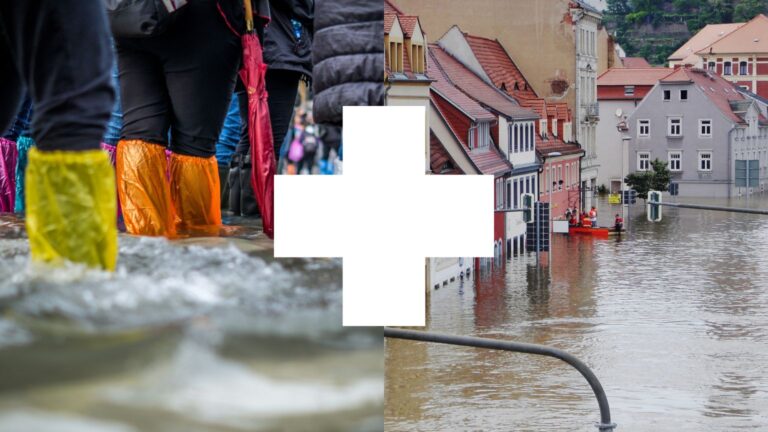As a parent or caregiver, it’s essential to teach your children about emergency preparedness and what to do in case of an emergency. This can help them feel more confident and prepared, and can even save lives. Here are some tips and strategies for teaching children about emergency preparedness:
Teach Children About Emergency Preparedness
- Start by explaining what an emergency is and how it can affect your family
- Use simple language and examples that children can understand
- Emphasize the importance of following the family emergency plan and staying calm
Create a Child-Friendly Emergency Plan
- Involve your child in creating a family emergency plan, including identifying safe meeting points and escape routes
- Use visual aids such as pictures or diagrams to help children understand the plan
- Make sure the plan is easy to remember and follow
Practice Drills and Scenarios
- Practice the emergency plan with your child by conducting regular drills and scenarios
- This can help them feel more comfortable and confident in case of an emergency
- Use scenarios that are relevant to your child’s life, such as a fire drill or a earthquake simulation
Teach Children About Important Documents
- Explain to your child the importance of keeping important documents safe, such as identification, insurance cards, and medical records
- Teach them how to identify these documents and where they are kept
- Make sure they know what to do in case of an emergency if they need to access these documents
Role-Play Different Scenarios
- Use role-playing to teach children different scenarios, such as:
- What to do if they are separated from their family during an emergency
- How to stay calm and follow the family emergency plan
- How to call 911 or other emergency services
Teach Children About Important Phone Numbers
- Teach your child important phone numbers, such as:
- Local emergency services number
- Your home phone number
- Your cell phone number
- Your workplace or school contact information
Create a Child-Friendly Emergency Kit
- Create a child-friendly emergency kit that includes items that your child will need in case of an emergency, such as:
- A favorite toy or blanket
- A change of clothes
- A snack or water bottle
- A first aid kit with kid-friendly supplies
Assemble an Emergency Kit for Your Child
Create a child-friendly emergency kit that includes essential items to help your child stay safe and comfortable during an emergency. Here are some must-have items to include:
Essential Items:
- Water (at least 1 gallon per person per day)
- Non-perishable snacks (e.g. energy bars, nuts)
- First aid kit with kid-friendly supplies (e.g. bandages, antiseptic wipes)
- Flashlight or battery-powered lantern
- Extra batteries
- Change of clothes and shoes
- Blanket or sleeping bag
- Medications (if applicable)
- Important documents (e.g. insurance cards, identification)
Additional Items for Children:
- Favorite toy or blanket
- Entertainment items (e.g. books, games, puzzles)
- Extra glasses or contact lenses (if applicable)
- Diapers or wipes (if applicable)
- Child-friendly pain relievers (e.g. acetaminophen)
Remember to:
- Check the kit regularly to ensure all items are still usable and not expired.
- Keep the kit in an easily accessible location, such as a closet or underbed storage.
- Make sure your child knows where the kit is located and what it’s used for.
- Practice using the kit during drills or simulations to ensure your child knows what to do in case of an emergency.
By assembling an emergency kit with essential items and considering your child’s specific needs, you can help them feel more prepared and confident in case of an emergency.
First Aid Kit Essentials
- A first aid kit is essential for any emergency kit, and should include items such as:
- Bandages (assorted sizes)
- Antiseptic wipes
- Gauze pads
- Medical tape
- Over-the-counter pain relievers (such as acetaminophen or ibuprofen)
- Antihistamines (for allergic reactions)
- Hydrocortisone cream (for skin irritation)
Additional Items for Children’s First Aid Kit
- Consider adding additional items that are specific to children’s needs, such as:
- Kids’ acetaminophen or ibuprofen (follow the recommended dosage)
- Antibiotic ointment (for minor cuts and scrapes)
- Hydrocortisone cream (for skin irritation)
- EpiPen or other epinephrine auto-injector (if your child has a severe allergy)
Teach Children About Stay Safe Messages
- Teach your child important “stay safe” messages, such as:
- Stop, Drop, and Roll if their clothes catch on fire
- Stay calm and stay put if they are in a building during an earthquake
- Stay away from strangers and only go with authorized adults
Involve Your Child in the Process
- Involve your child in the process of preparing for emergencies, including creating a family emergency plan and stocking an emergency kit
- Ask them for their input and suggestions on how to make the plan more effective
- Encourage them to take ownership of their role in the family emergency plan
By following these tips and strategies, you can help your child feel more prepared and confident in case of an emergency. Remember to always stay calm and follow the family emergency plan!









